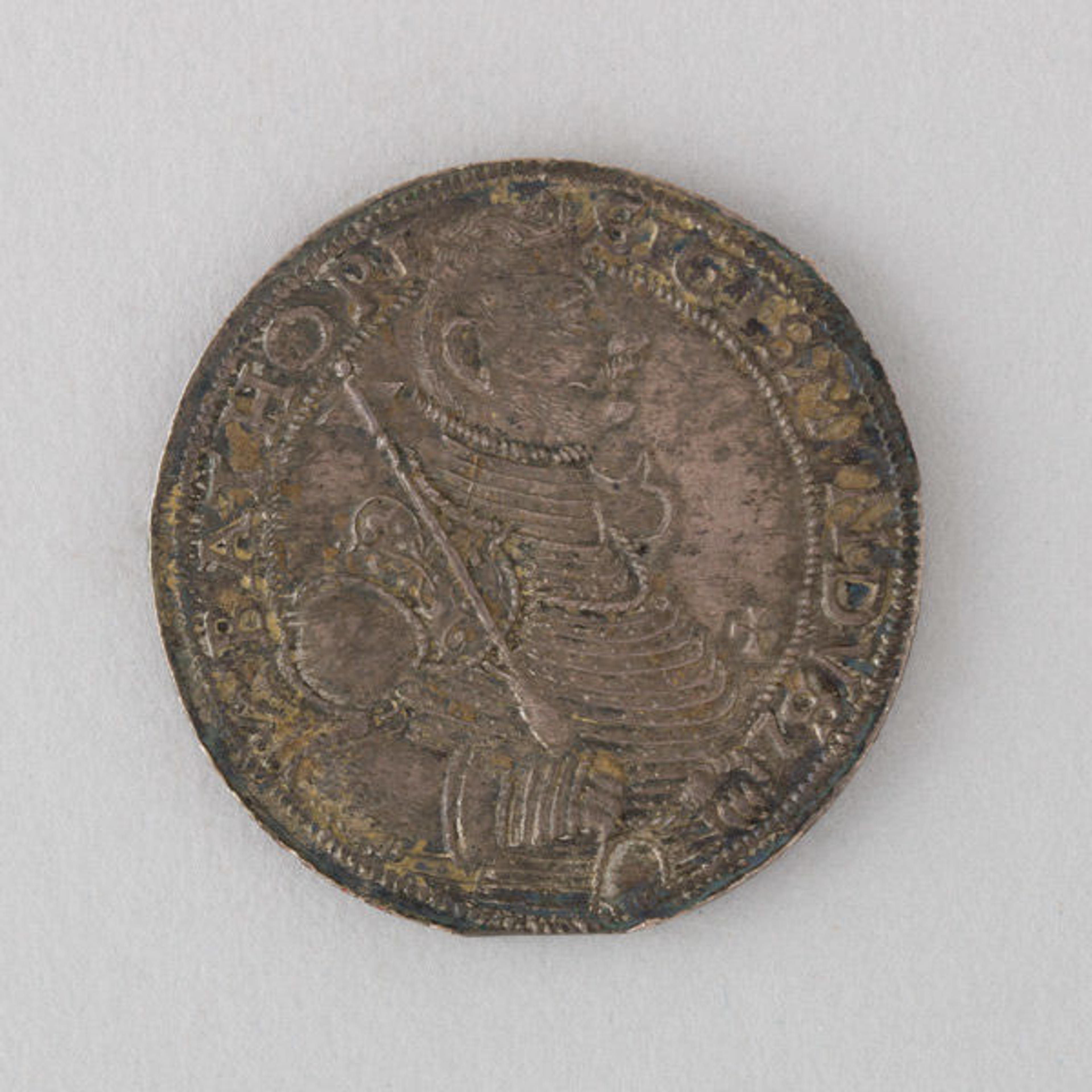Worth Their Weight: Hungarian Silver from the Salgo Collection

Tankard, late 16th century. Hungarian, possibly Nagyszben. Silver, partly gilded; Height: 5 1/8 in. (13 cm). The Metropolitan Museum of Art, New York, Gift of The Salgo Trust for Education, New York, in memory of Nicolas M. Salgo, 2010 (2010.110.80)
«It is not difficult to appreciate the allure of the silver objects now on display in the exhibition Hungarian Treasure: Silver from the Nicolas M. Salgo Collection, on view through October 25. The patrons who originally commissioned them between the fifteenth and eighteenth centuries surely appreciated the way that they glittered in the light and how they demanded to be admired in all of their sumptuous glory, but there may have been another glint in the eye of their beholders: that of their wealth reflected back to them by these utilitarian objects. Their aesthetic value was only paralleled by their monetary value; after all, these objects are literally made of money, fashioned by talented goldsmiths from silver ore.»
No object reminds us of this more than a late sixteenth-century Hungarian tankard from the collection. It is a somewhat exotic object, of European creation but decorated with an Ottoman-inspired motif. While beautiful and complex ornamentation distinguished a talented goldsmith, it was the weight of the object that truly defined its value. The precious metals gold and silver were the circulated currency of the time, and their worth was defined by global economic powers. Compared to this standard—the very bedrock of the European economy—decorative styles were merely fleeting trends, subject to the whims of innovative artists and tastemakers of conspicuous consumption.
Enforcing the connection between the decorative and monetary uses of silver, a real coin is incorporated into the lid of this tankard. It is a 1554 silver Thaler minted in Kremnica, Slovakia, once part of the Kingdom of Hungary and the site of the oldest currently operating mint in the world. Originally called the Joachimsthaler, the currency took its name from the Bohemian city of its origin: Joachimsthal, in present-day Jáchymov, Czech Republic. First minted in 1518, the coin was considered one of the most reliable currencies in Europe for nearly four hundred years. Later shortened to Thaler, the names of many international currencies come from this abbreviated name, including the American dollar.

Thaler coins, like this late sixteenth-century example, quickly became one of the most reliable European currencies of their time. Coin (Thaler) Showing Prince Sigismund Báthori, 1593. Probably Hungarian. Silver; Diam. 1 5/8 in. (4.1 cm); thickness 1/8 in. (0.3 cm); Wt. 1.1 oz. (31.2 g). The Metropolitan Museum of Art, New York, Gift of Bashford Dean, 1922 (22.122.15)
Integrating coins and medals into drinking vessels was very popular in the sixteenth and seventeenth centuries. As excavations revealed caches of ancient coins, interest in these remnants of the ancient world grew. Patrons demanded constant innovations in their commissioned silver objects, while goldsmiths stayed on the cutting edge of the trend by using both ancient coins and copies in their work.
Left: Petrus Schnell II (active ca. 1615–51). Footed beaker, ca. 1650. Hungarian, Nagyszeben. Silver, partly gilded; Overall: 7 11/16 x 3 7/8 in. (19.5 x 9.8 cm). The Metropolitan Museum of Art, New York, Gift of The Salgo Trust for Education, New York, in memory of Nicolas M. Salgo, 2010 (2010.110.25)

Ever-changing fashion doomed many silver objects to a short life: the metal melted down easily, and thus could be remade as taste demanded. Perhaps more importantly, silver objects could be literally liquidated for their monetary value, not to keep up with fashion but to keep up with debts. The presence of coins within these objects reminds the viewer that there is little intrinsic difference between a silver beaker and a silver coin, as they are all the same when placed on the scale at the mint.
The pecuniary quality of the raw material used for these objects makes it all the more remarkable that examples like those on view from the Nicolas M. Salgo Collection have survived. Silver objects that were not the victim of changing fashions often had historical or sentimental value, and it is a testament to their enduring beauty that, despite being a repository of potential wealth, they have been preserved to become objects worthy of collecting and scholarly appreciation. We hope that visitors to the exhibition will continue to gaze upon them in awe as viewers have already done for hundreds of years.
Related Links
Hungarian Treasure: Silver from the Nicolas M. Salgo Collection, on view April 6–October 25, 2015
"Nicolas M. Salgo: The Legacy of a Passionate Collector"
Melissa Chumsky
Melissa Chumsky is a research assistant in the Department of European Sculpture and Decorative Arts.